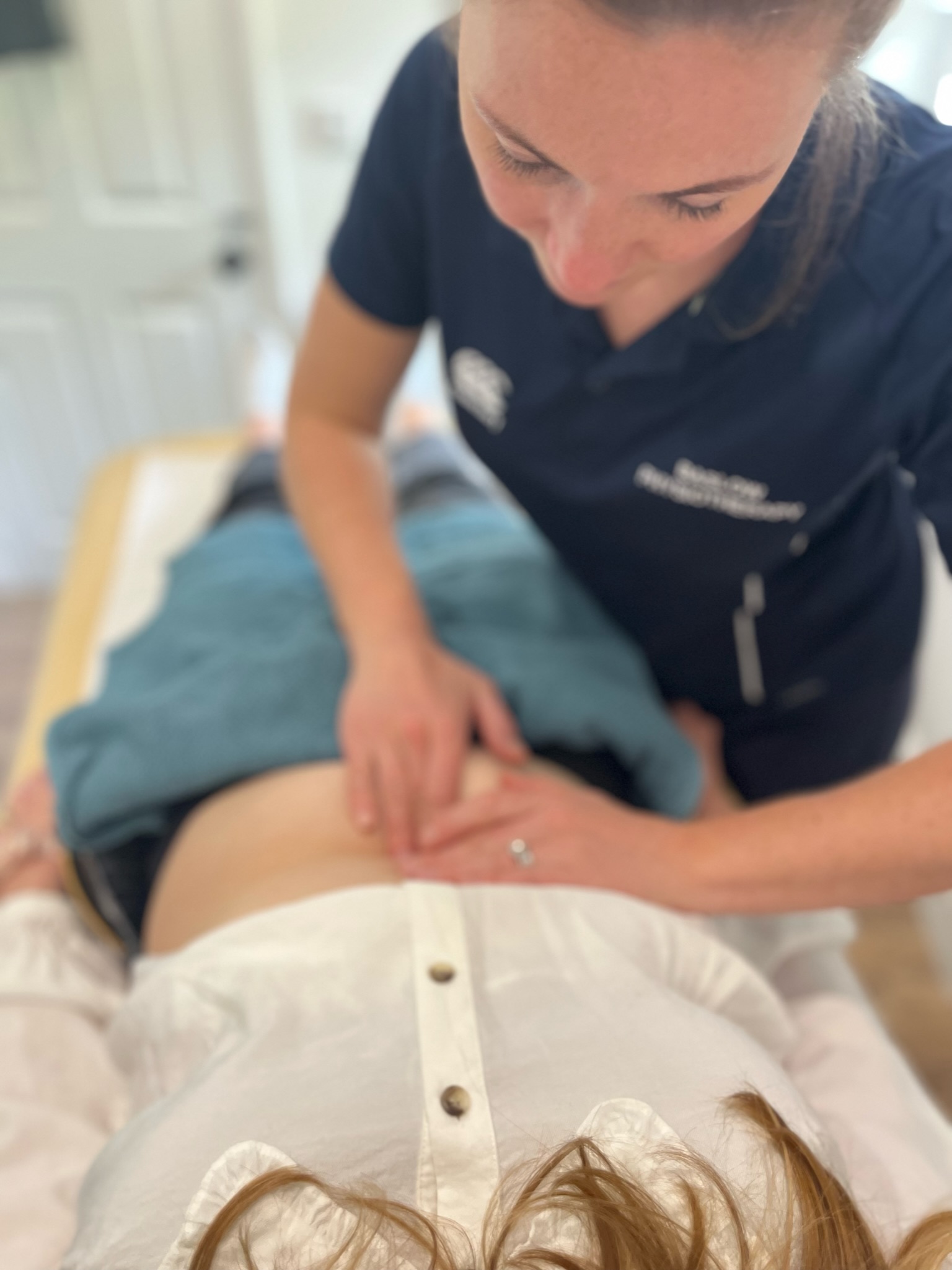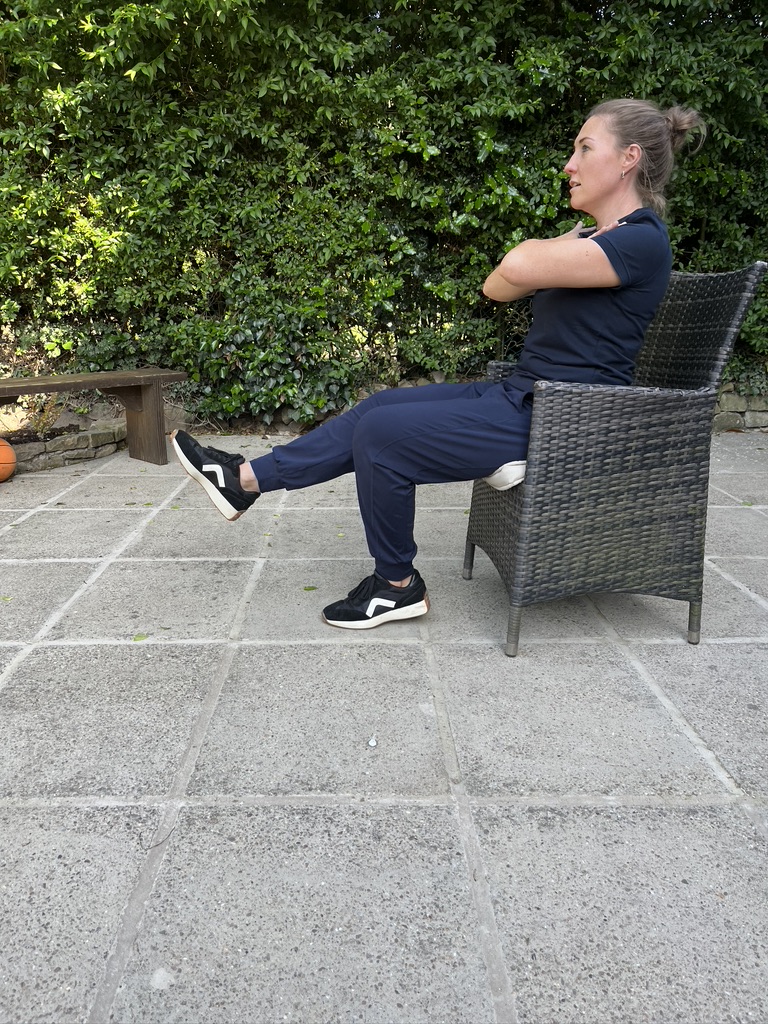Return to running after an injury | Bonus section on returning after pregnancy
By Guy and Sarah
Getting over any injury involves setbacks and a plan of how to return to daily activities whether that be walking, climbing the stairs, getting dressed or specific exercise is important. Returning to running after an injury can be frustrating and does involve progression and patience. Return too soon and risk reversing your rehabilitation gains, go too slowly and you may not get back to the level you started at as you would have liked, and this can also be frustrating.
This obviously depends on the type of lower limb injury that you are recovering from, but graded progression back to running is almost always advised. As many of you know, Sarah specialises in pelvic health physiotherapy and returning to exercise, commonly running, is a key part of what she offers after pregnancy, surgery or with pelvic floor related issues.
BOOK YOUR INITIAL APPOINTMENT TODAY
Soft Tissue Recovery Times:
Soft tissue healing times vary depending on the degree of injury and individual presentation (including age and any other medical issues that could affect healing), most minor soft tissue injuries, such as muscle tears or ligament sprains take 6-8 weeks to heal. However the remodelling phase of healing can take up to 6 months to build strength within tissues depending on much they need to be loaded and for what sport/activity you are returning to.
Recovery from pregnancy also varies on mode of delivery (longer after c-sections), similarly recovery time is 3-6 months.

Which exercises are best for lower limb rehabilitation back to running?
Once the acute and sub-acute healing phase has finished (bleeding and inflammation) remodelling starts, and this is when physiotherapy and specific loading of the tissues is key for return to sport/running.
Loading tissues helps them to be stronger and withstand demands of exercise.
Localised exercises such as these below can be really helpful at building strength around the knee, hip and ankle:
1. Single leg heel raises (straight knee – gastrocnemius)
2. Single leg heel raises (bent knee – soleus)
3. Single leg bridge
4. Single leg sit to stand.
In sitting, extend one knee and then slowly stand up. Once you are balanced, slowly lower yourself back into a sitting position.

From here, the tissues then need to be challenged dynamically with speed, power and control.
Dynamic running man (reverse lunge to hop)
- Box jump (or onto a step)
3. Single leg jumps on to and off a step with control
Top Tip
A useful tool when increasing mileage with running after an injury is to increase the distance by 10% each week and assess any symptoms with this and adapt accordingly.
**This information is intended to be utilised after the initial injury has been assessed, diagnosed and once the tissue are ready to be loaded specifically for running. It is advised that a healthcare professional be involved in this process to optimise your recovery in a timely way **
Are you recovering from pregnancy and want advice on how to return to exercise and running safely?
There are specific factors to consider when recovering from childbirth and lots of these focus on ensuring that the deep core and pelvic floor are activating correctly and in a timely way to avoid any unwanted bladder or bowel symptoms with exercise.
Factors to consider after birth within a specialist physio assessment include:
- Pelvic floor assessment with a focus on muscle contraction, relaxation and endurance
- Risk factors screened for pelvic organ prolapse after delivery
- Check tummy gap separation (rectus abdominus diastasis)
- Consider increased risk of musculoskeletal injury with hormonal influences
Based on the Return to Run (2019) guidelines by Brockwell at al, can you do the following with confidence, control and not getting any bladder or bowel leakage, urgency, any pain anywhere or any vaginal heaviness (related to pelvic organ prolapse)?
- Single leg hop 30 seconds
- Jump forwards and land on two feet (step back) x10
- Single leg sit to stand from a chair x 20 each leg
- Jog on the spot 1 minute
If you start back at an exercise class, returning to jogging/running or home workouts and any of the following happens, it is likely that you need to modify what you are doing as your body can’t meet the demands being placed upon it…
- Bladder leakage
- Vaginal pressure/bulge
- Heaviness or pain in tummy
- Doming of tummy muscles
- Back pain/ pelvic pain
- Urgency to urinate
- New hip/knee pain
These are a few exercises that are used to guide readiness to run in combination with a full pelvic floor screen and holistic assessment of each woman.
Not sure…come and see Sarah or Guy and we can guide you in the right direction to get back to the exercises you love in a safe and timely way : )
GET in TOUCH or BOOK ONLINE



![]() .
.  .
.  .
. 
